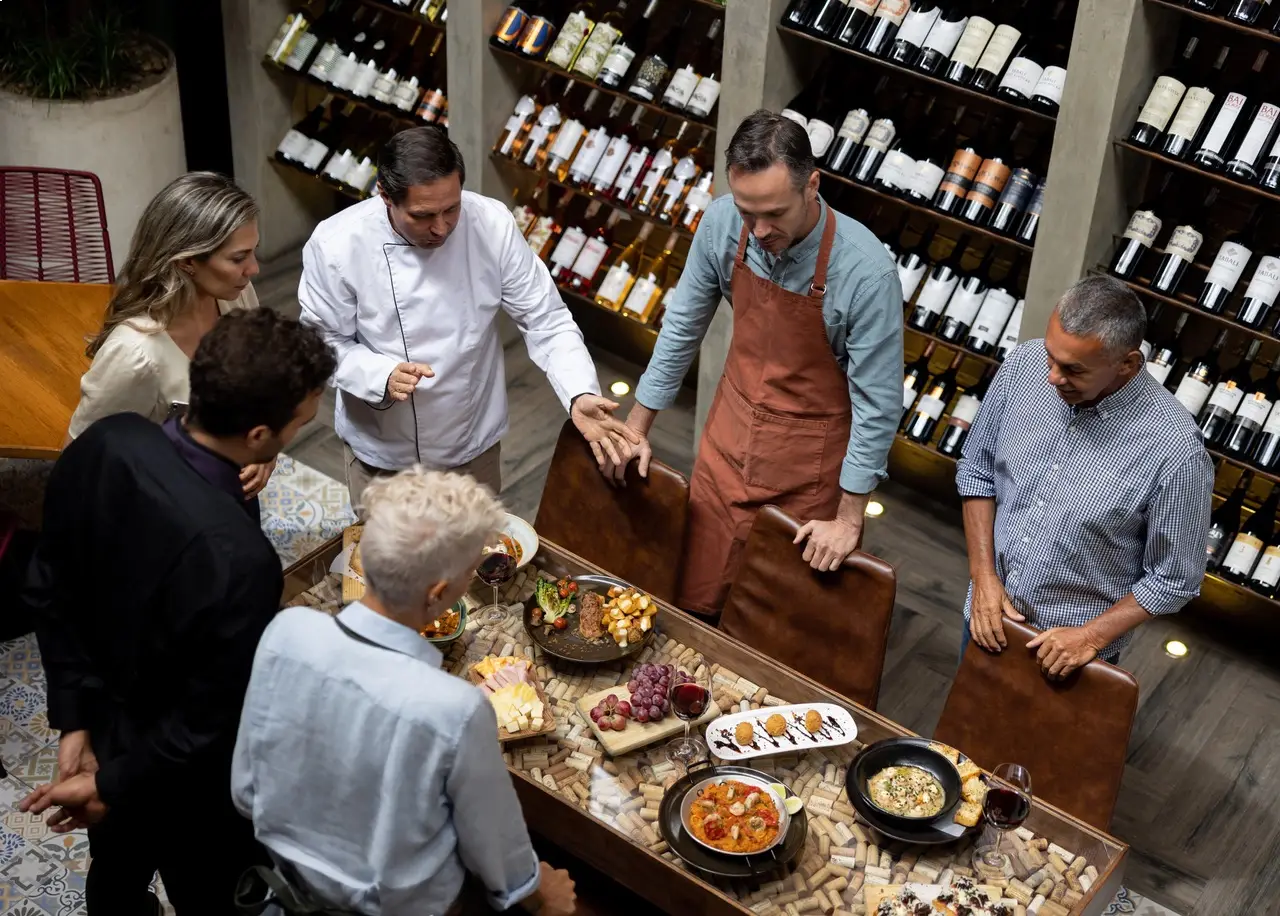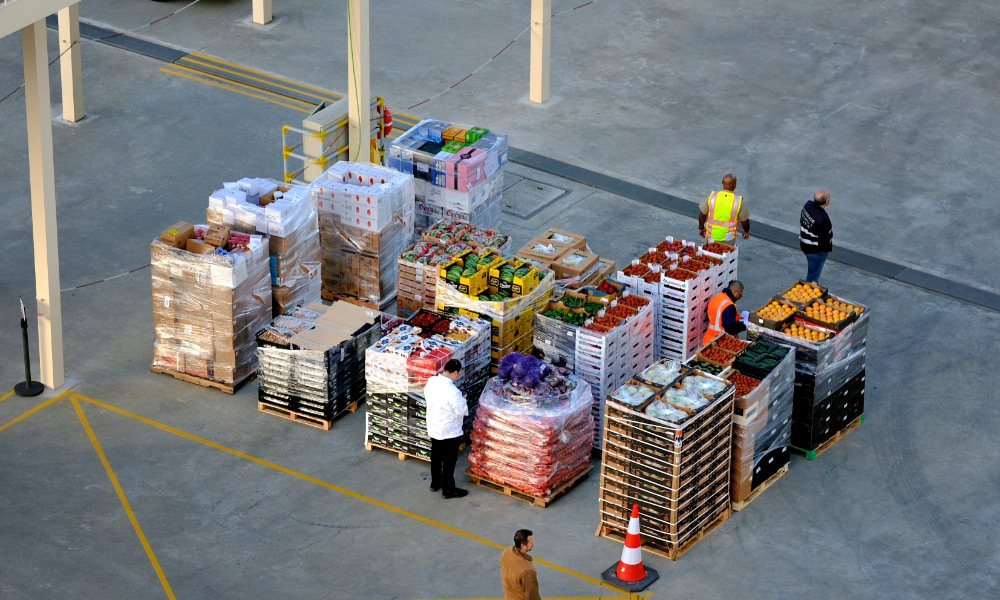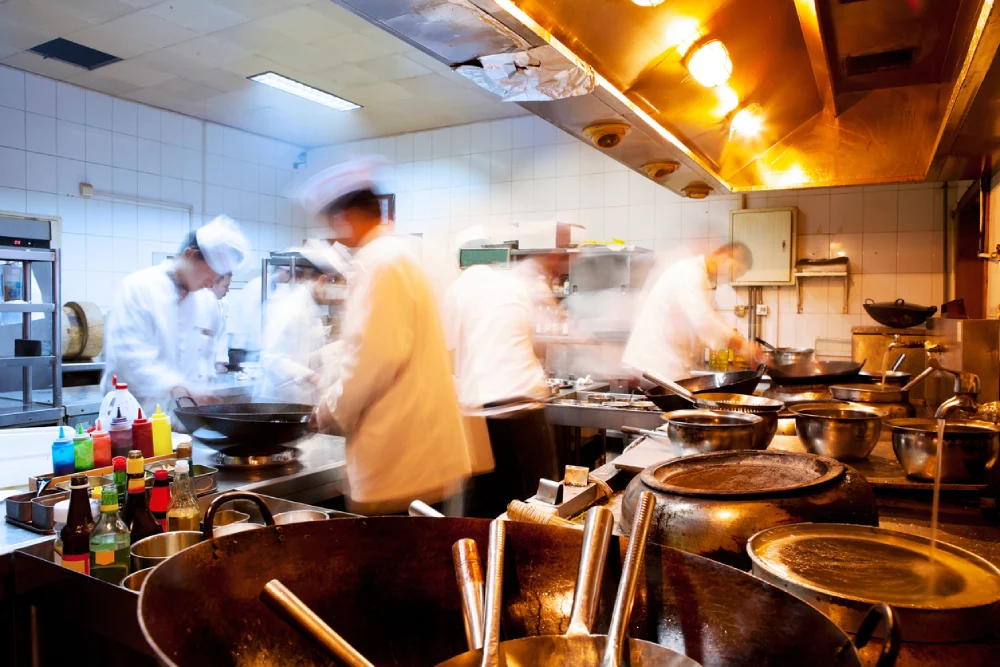By using our website, you agree to the use of cookies as described in our Cookie Policy
A Complete Guide to the Kitchen Hierarchy Description

Get a grip on the restaurant industry! More than 12 million Americans work in the restaurant and food services industries, and the sector is expected to grow by nearly 7.3% over the next 10 years.
One reason why the restaurant industry is so popular is the kitchen hierarchy. Kitchens are organized like military units with a clear structure and a chain of command. If you want to run a top-notch kitchen, you need to read a detailed description of the hierarchy.
Who is in charge of managing the kitchen and cooking meals? How are individual dishes prepared? How do people start their careers in the restaurant industry?
Answer these questions and you can organize your kitchen to perfection. Here is a complete guide to the kitchen hierarchy.
Executive Chef
The executive chef is the chief official in the kitchen hierarchy. They make managerial decisions, including what the menu will be and where supplies are coming from.
The executive chef may not be at the top of the restaurant hierarchy. They may report to the owner or food service manager, and the owner may give them instructions on what to do. But executive chefs are given broad leeway to run the kitchen as they see fit, and they can give instructions to everyone beneath them on the hierarchy.
Most executive chefs have experience working in a kitchen and preparing meals. However, the chef may not prepare most of the food that goes out of the kitchen. On special nights, they may step in, but they spend most of their time overseeing what is going on from a distance.
Head Chef
The head chef is also called the "chef de cuisine," and they act as an operational manager. They oversee the kitchen and manage the staffers who prepare food. Small kitchens may not have an executive chef, so the head chef is at the top of their hierarchy.
The chef may work alongside the executive chef to create menus. Some chefs engage in day-to-day cooking activities, and they may approve dishes before they are served. Other head chefs let the rest of the team prepare meals while they focus on handling food brokers and talking with staffers.
Deputy Chef
Most people know of the deputy chef as the sous chef. They focus on daily cooking operations, and they work on most meals.
They act as a direct supervisor to each station in the kitchen. Some sous chefs train the chefs to cook the dishes properly, and they step in if a chef is not performing well.
Large kitchens may have multiple sous chefs, each with their specialty. Some kitchens combine the role of head chef and sous chef, which can keep hiring costs down.
Station Chef
A cooking station is an area where one type of dish is cooked. A station chef is in charge of the station, and they may specialize in preparing that particular type of dish.
Every restaurant has its own stations, and some have more than others. In general, gourmet stations have a saucier station where sauces are prepared for various dishes. The poissonnier station is where a chef cooks seafood while the rotisseur station is where a chef cooks cuts of meat.
The entremetier station is where vegetable dishes are prepared. This station should be separate from the meat station to prevent cross-contamination.
A roundsman or relief cook is a chef who does not work at a specific station. When one chef needs to take a break or gets injured, the relief cook steps in and works at their station.
Small and informal restaurants may not have station chefs. They may have teams of chefs who prepare one dish after the other, but the chefs may not have any specialties.
Junior Chef
A junior chef may be a person new to the kitchen who needs to see how the kitchen functions. They may also be someone who is training to be a chef and needs hands-on experience.
The junior chef works with a station chef and learns about how they can cook dishes. They may stand near the station chef and help them prepare garnishes and seasonings.
They may supervise and take notes on what they should do as well. If they have questions, they will report to a station chef, but no one reports to them.
Some kitchens ask their junior chefs to prepare ingredients that other chefs will use. They may butcher meat, peel vegetables, or put away supplies. These tasks can be rites of passage that help initiate a chef into a kitchen.
Kitchen Porter
A kitchen porter is not a chef who prepares meals. They help keep the kitchen running and take care of tasks while the chefs are preparing food. They deliver supplies to stations, put away deliveries, and keep areas clean.
Porters may move between the dining area and the kitchen. Many of them collect dishes after customers have left the table. They may also clean the tables and help the waiters prepare areas for more customers.
Some people start their careers in the restaurant industry as porters. People training to be chefs may begin as porters and then become junior chefs. A few people become porters and then become waiters or food service managers.
Your Guide to the Kitchen Hierarchy
Developing a kitchen hierarchy is your best way to figure out hiring needs and keep a kitchen moving. An executive chef is at the top of the hierarchy, planning out menus and handling suppliers.
Deputy or sous chefs are the ones responsible for meals. Station chefs cook various dishes with the help of junior chefs and relief cooks. Some people start their careers as junior chefs while others start as kitchen porters.
Develop your own hierarchy with the help of restaurant professionals. Ambassador Foods helps restaurants find great food and develop their brands. Contact us today.
‹ Back







